Byte by byte: developing our digital preservation capability
A brief timeline of the digital preservation journey at BGS and NGDC.
04/11/2021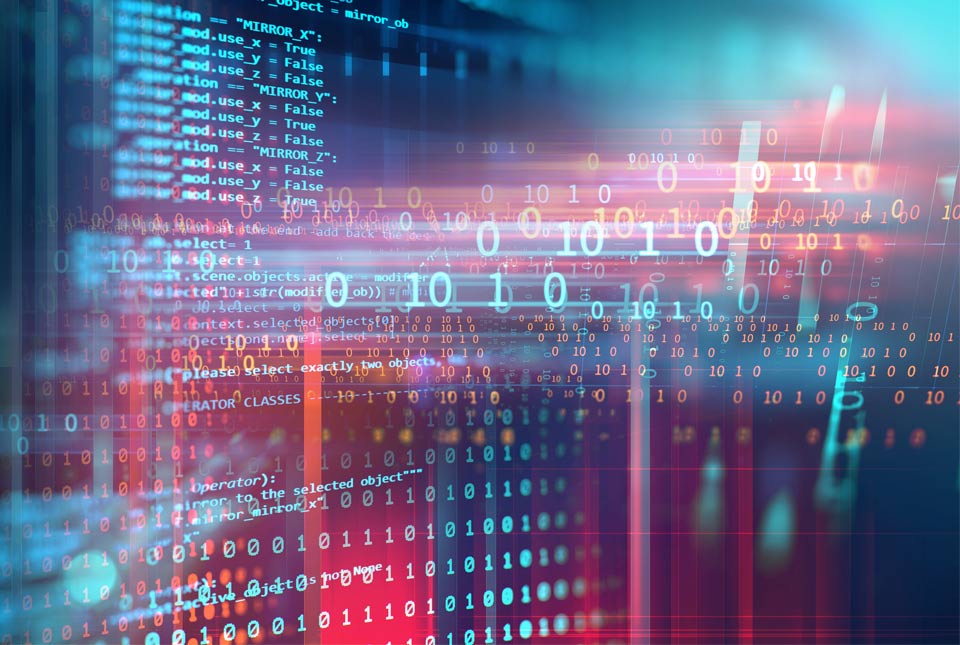
In 2016, the initial thoughts I had to explore creating a digital continuity at BGS were starting to develop. I had finished my MSc thesis, ‘Exploring digital preservation requirements: A case study from the National Geoscience Data Centre (NGDC)’, which led to my peer-reviewed article being published in the Records Management Journal. I discovered that UKRI (then still RCUK) was a corporate member of the Digital Preservation Coalition (DPC), so I approached Juan Bicarregui, Chair of the DPC, to ask if I could join. I soon got into the habit of attending DPC events and meeting digital preservationists from around the world. Their jobs sounded fascinating so I took a postgraduate diploma in digital preservation at Aberystwyth University and learned more.
At BGS and NGDC, we hold lots of research data, both digital and analogue. I had run a small stakeholder survey as part of my thesis about the need to maintain the long-term accessibility and usability of our geoscience data. I started planning our work on a shoestring budget, talking to both research and data management staff, and it was clear that we needed a policy on how to deal with ‘aging’ digital data. Luckily, I had attended a workshop on how to write a digital preservation policy and, after researching other organisations’ policies, I wrote the first one for BGS.
I was also rummaging in the BGS legacy media store (which contains thousands of pieces of various storage media) learning how to use the National Archives’ file format identification tool DROID, and talking to colleagues about their floppy disks, Lotus spreadsheets, Bentley MicroStations, emulation setups and old LTO tapes. These discussions gave me the idea to set up a pop-up computer museum on the first World Digital Preservation Day (WDPD) in 2017.
It turned out to be very popular with BGS colleagues, some of whom had worked with the gadgets on display. Our data centre staff started to get involved in the outreach work and we were having more ad hoc discussions about adding preservation capability to our procedures.
During World Digital Preservation Day (WDPD) 2018, I delivered a taster preservation training session and a lunchtime talk about our preservation strategy, which was being developed at that time. We also published our first preferred file formats list and studied the PREMIS preservation metadata schema, with a view to developing a module to add to our Discovery Metadata.
In 2019, we ran a digital research data survey for BGS researchers to find out what was really happening at a grassroots level. The purpose was to inform our programme development and to strengthen links between research data management (RDM) and digital preservation. We then published an internal report describing our findings and started doing a gap analysis between the researchers’ needs and the RDM service provision. To showcase how we were combining our data management training course and preservation capability, I gave a talk at the International Digital Preservation Conference at the Eye Film Museum in Amsterdam.
Just before the lockdown in 2020, BGS data scientist Alex helped us by scanning terabytes of data on corporate shared drives to find out exactly what we’ve got. The updated US Library of Congress annual recommended formats statement, which now included GIS, geospatial and 3D data, was useful as we updated our preferred formats list. We were also exploring the technical side of creating checksums and running fixity checks in our ingestion workflow when things came to a halt in March 2020.
In 2021, we picked up the work with a blast as we finally created a dedicated digital preservation team! Every team member has been at BGS for quite a while (more than 15 years) so they are well versed in geoscience data, as well as our data management processes and workflows. The team members had top-up training through the National Archives courses, got access to the Digital Preservation Coalition website and training materials, and we had many lively discussions about enhancing our capability at team meetings. This gave everyone more confidence to integrate preservation thinking and activities within their existing workflows.
After the first six months of working together, I invited the team to provide feedback on our work so far.
Working in the data management area at BGS for over 20 years, I have seen many changes in how data is captured. It has now become clear that digital data preservation is a key issue for the future of the data we hold. When Jaana asked me to join the newly formed digital preservation team I was very keen to get involved. I have spent the first few months reading articles and blogs, and undertaking the TNA/DPC training to give me the skills to help develop and implement digital preservation strategies and workflows, in particular to look at the ingestion, access, use and reuse of digital information and take active steps to preserve it for the future.
Sally Stolworthy.
My work with digital preservation began at the start of my career 15 years ago, getting in on the ground floor with digital capture of analogue records, both for wider delivery to science and as disaster recovery. In doing so I embraced open, long-term reproduction standards so that no one (myself included) would have to repeat the capture exercise again. I then moved to managing marine data, involving gradually migrating our data holdings to non-proprietary formats where possible. The team was small and the work varied, so it was important to make sure that I could pick up my own work again in the future, as there’s little more embarrassing than not understanding your own work. This meant things like embedding naming conventions into files and folder structures and writing documentation that explains what is here, what was done and what is still to be done were important.
I expanded this experience out to the wider records collections and collaborated on guidance on implementation of scanning standards, ingestion of other organisations’ data and, perhaps most importantly, worked on getting data back out to scientists and public users. Helping users understand our data holdings means they can do innovative things with them and there is a reciprocity in that they then understand how to organise and document their work for others to benefit from.
Rob Cooke.
About the author
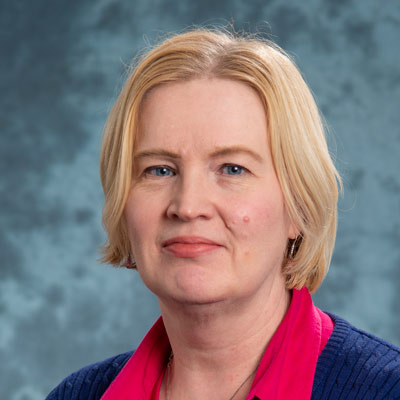
Jaana Pinnick
Data and information governance manager
Relative topics
Latest blogs
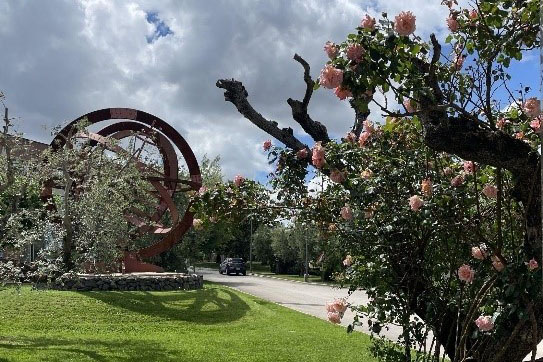
AI and Earth observation: BGS visits the European Space Agency
02/07/2025
The newest artificial intelligence for earth science: how ESA and NASA are using AI to understand our planet.
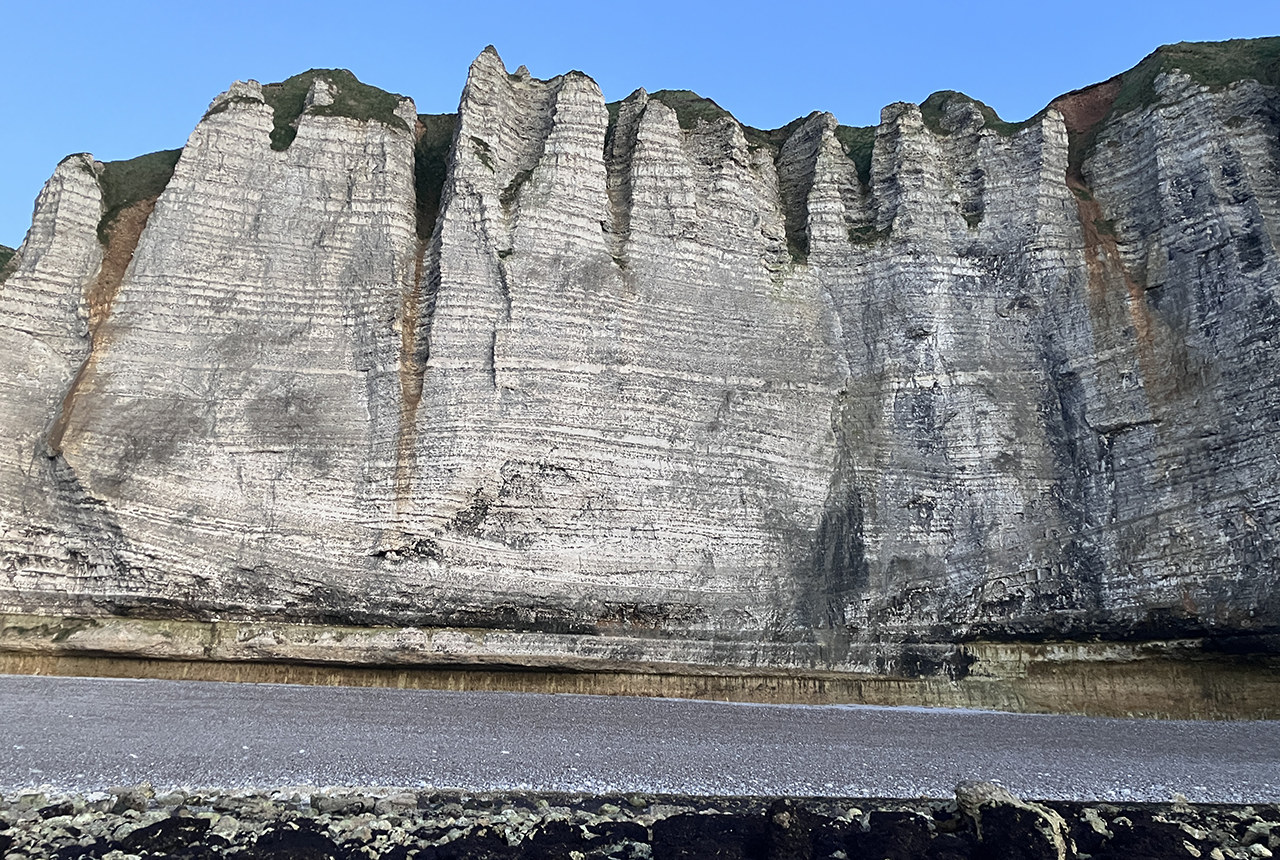
Geology sans frontières
24/04/2025
Geology doesn’t stop at international borders, so BGS is working with neighbouring geological surveys and research institutes to solve common problems with the geology they share.
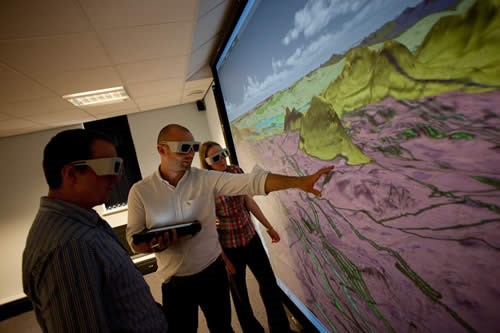
Celebrating 20 years of virtual reality innovation at BGS
08/04/2025
Twenty years after its installation, BGS Visualisation Systems lead Bruce Napier reflects on our cutting-edge virtual reality suite and looks forward to new possibilities.
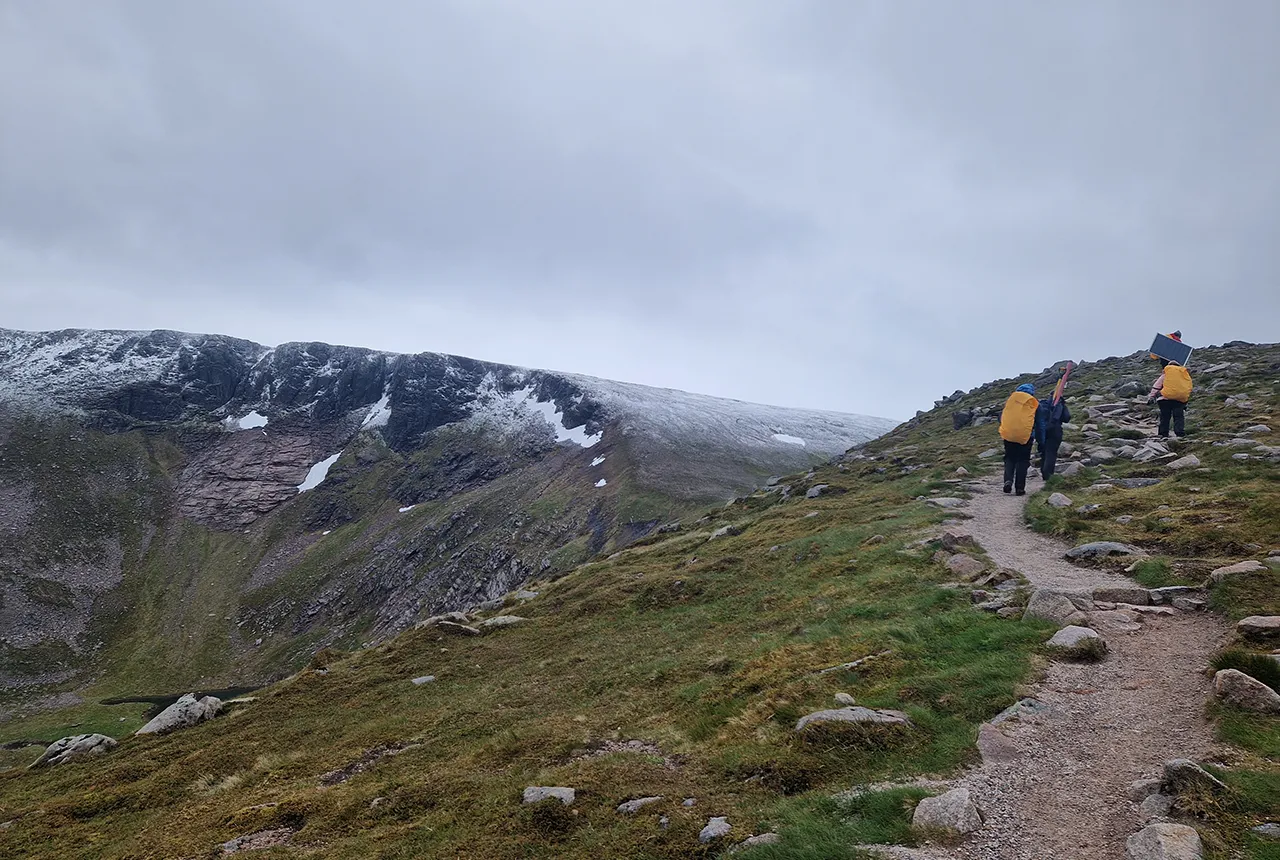
Exploring Scotland’s hidden energy potential with geology and geophysics: fieldwork in the Cairngorms
31/03/2025
BUFI student Innes Campbell discusses his research on Scotland’s radiothermal granites and how a fieldtrip with BGS helped further explore the subject.
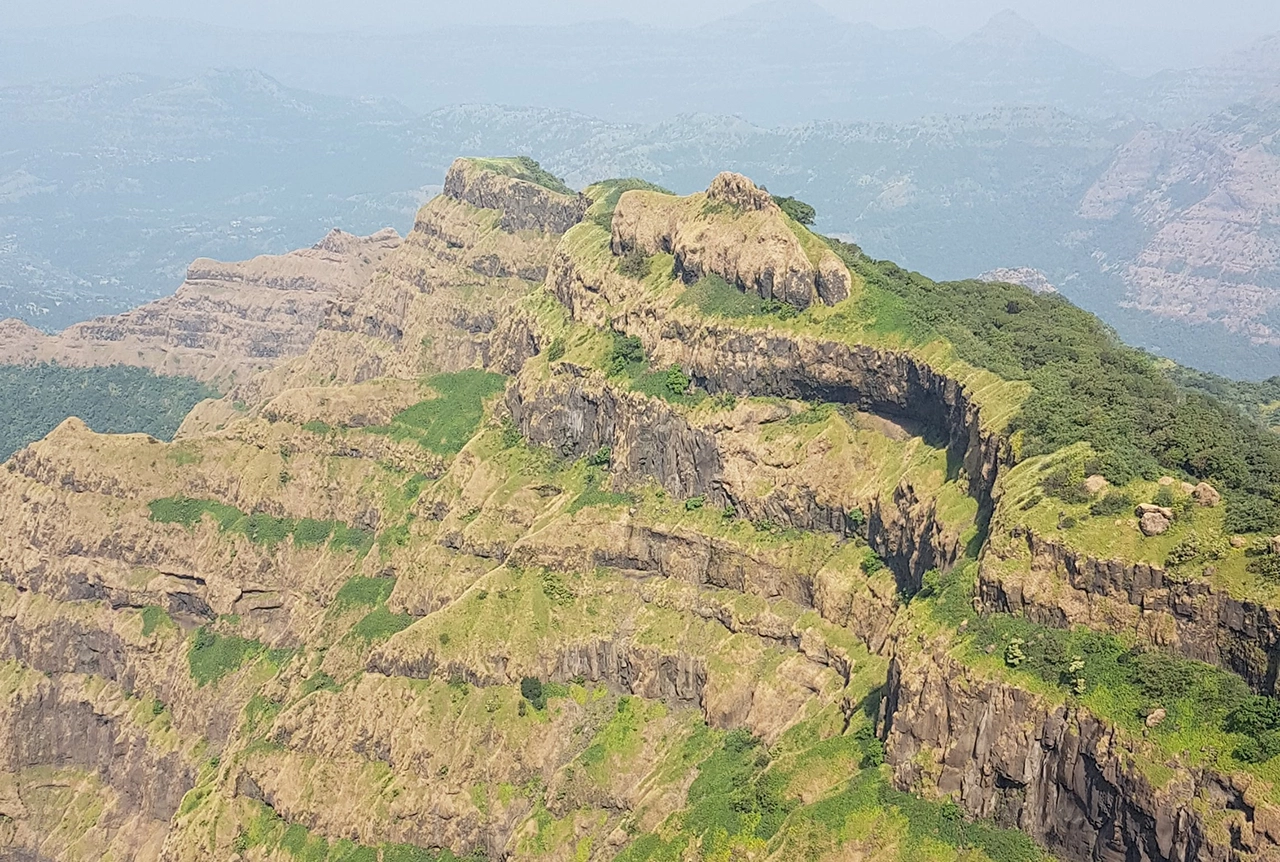
Could underground disposal of carbon dioxide help to reduce India’s emissions?
28/01/2025
BGS geologists have partnered with research institutes in India to explore the potential for carbon capture and storage, with an emphasis on storage.
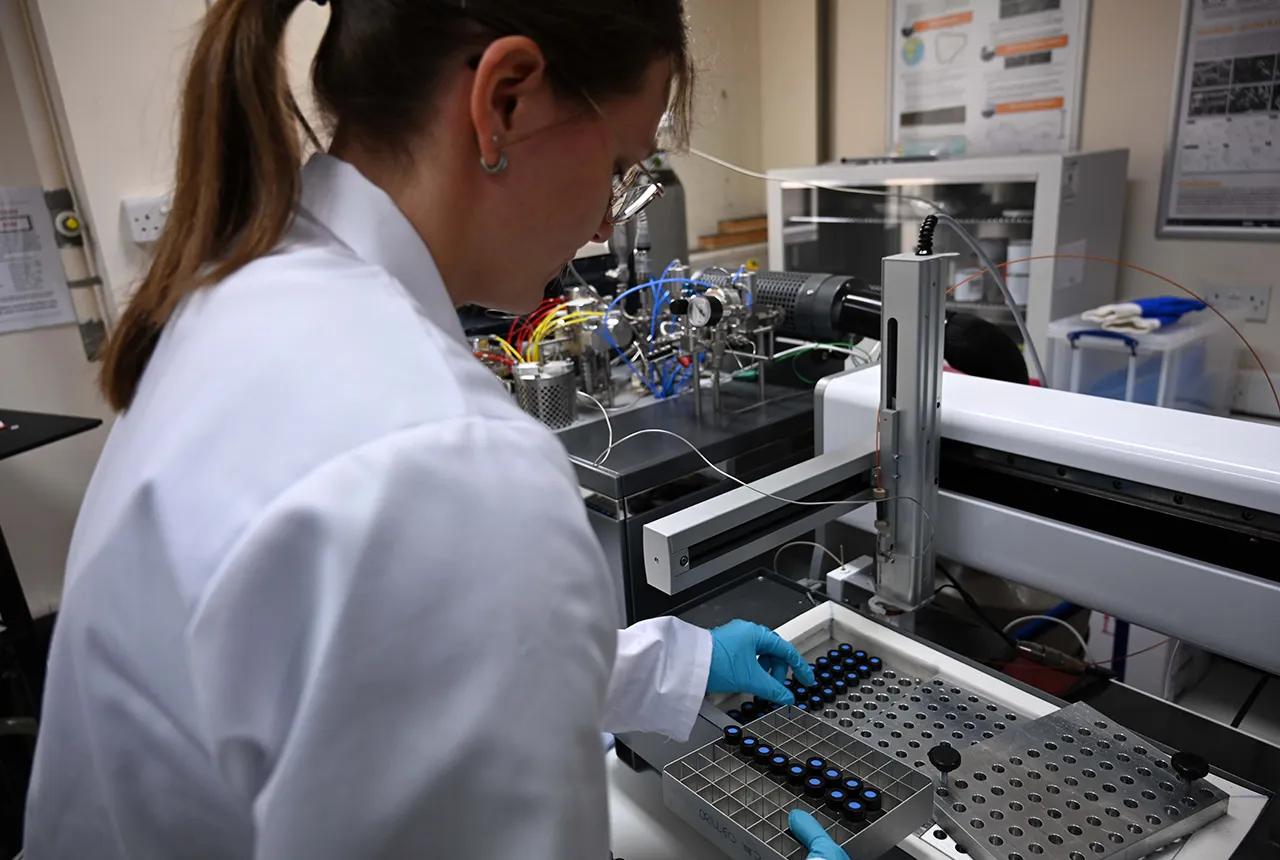
Carbon and oxygen isotope analysis of carbonates and the development of new reference materials
18/12/2024
Dr Charlotte Hipkiss and Kotryna Savickaite explore the importance of standard analysis when testing carbon and oxygen samples.
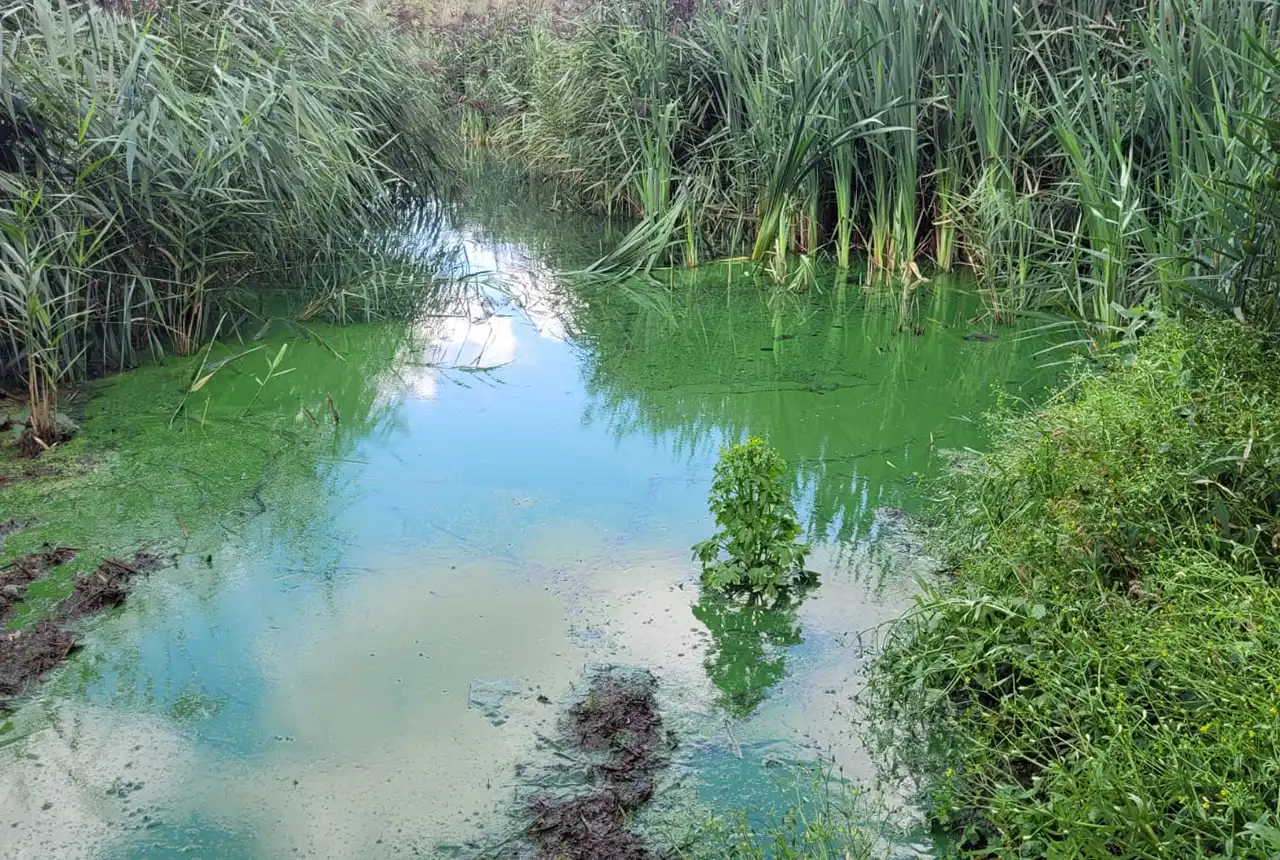
Studying oxygen isotopes in sediments from Rutland Water Nature Reserve
20/11/2024
Chris Bengt visited Rutland Water as part of a project to determine human impact and environmental change in lake sediments.
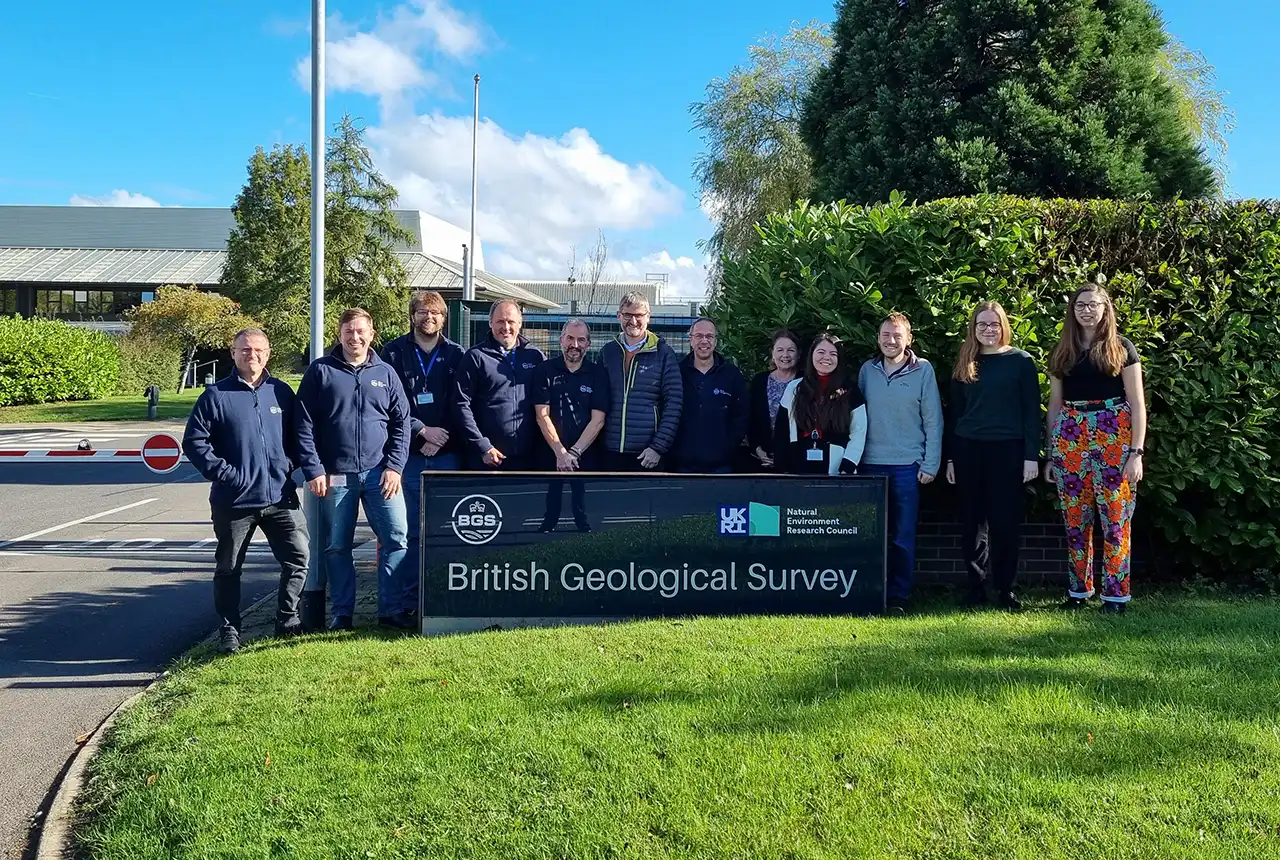
Celebrating 25 years of technical excellence at the BGS Inorganic Geochemistry Facility
08/11/2024
The ISO/IEC 17025 accreditation is evidence of technical excellence and reliability, and a mark of quality assurance.
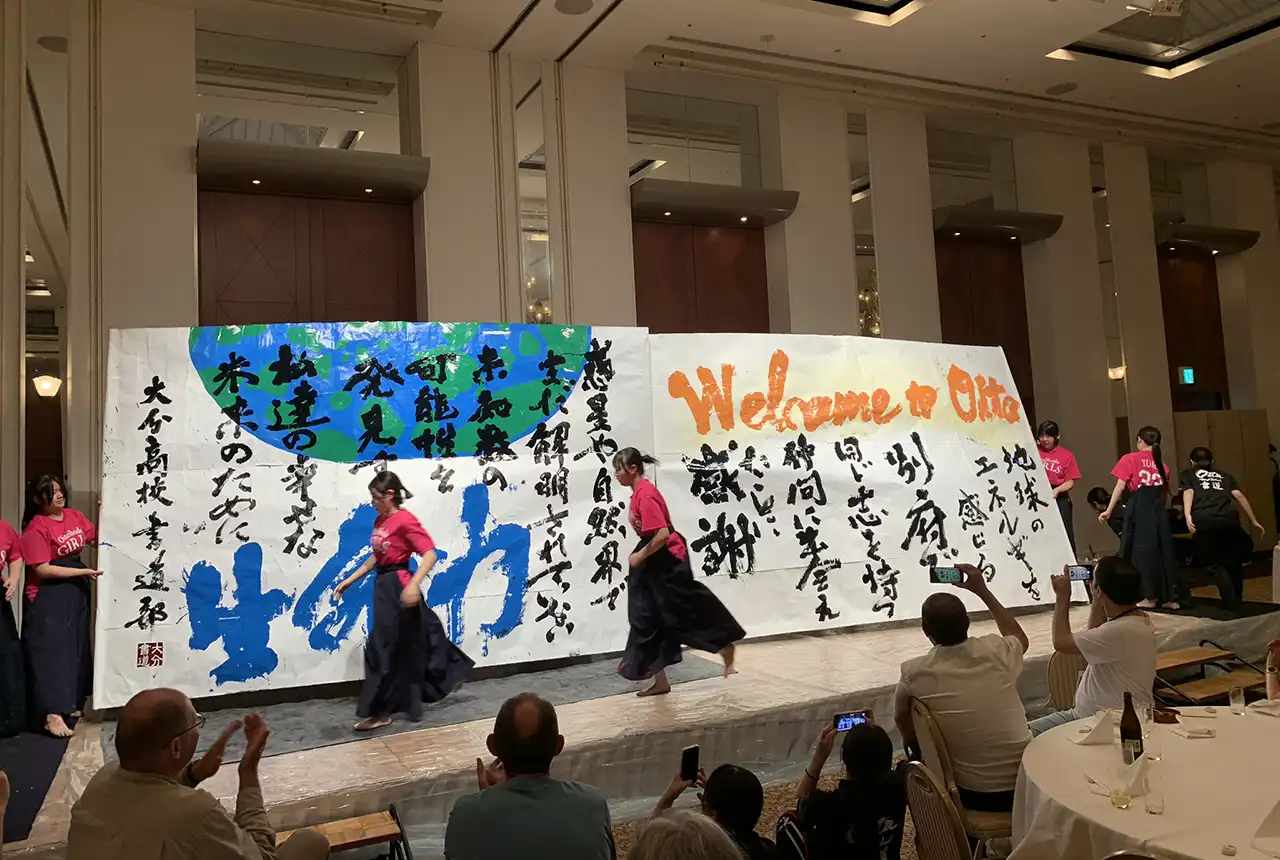
Electromagnetic geophysics in Japan: a conference experience
23/10/2024
Juliane Huebert took in the fascinating sights of Beppu, Japan, while at a geophysics conference that uses electromagnetic fields to look deep into the Earth and beyond.
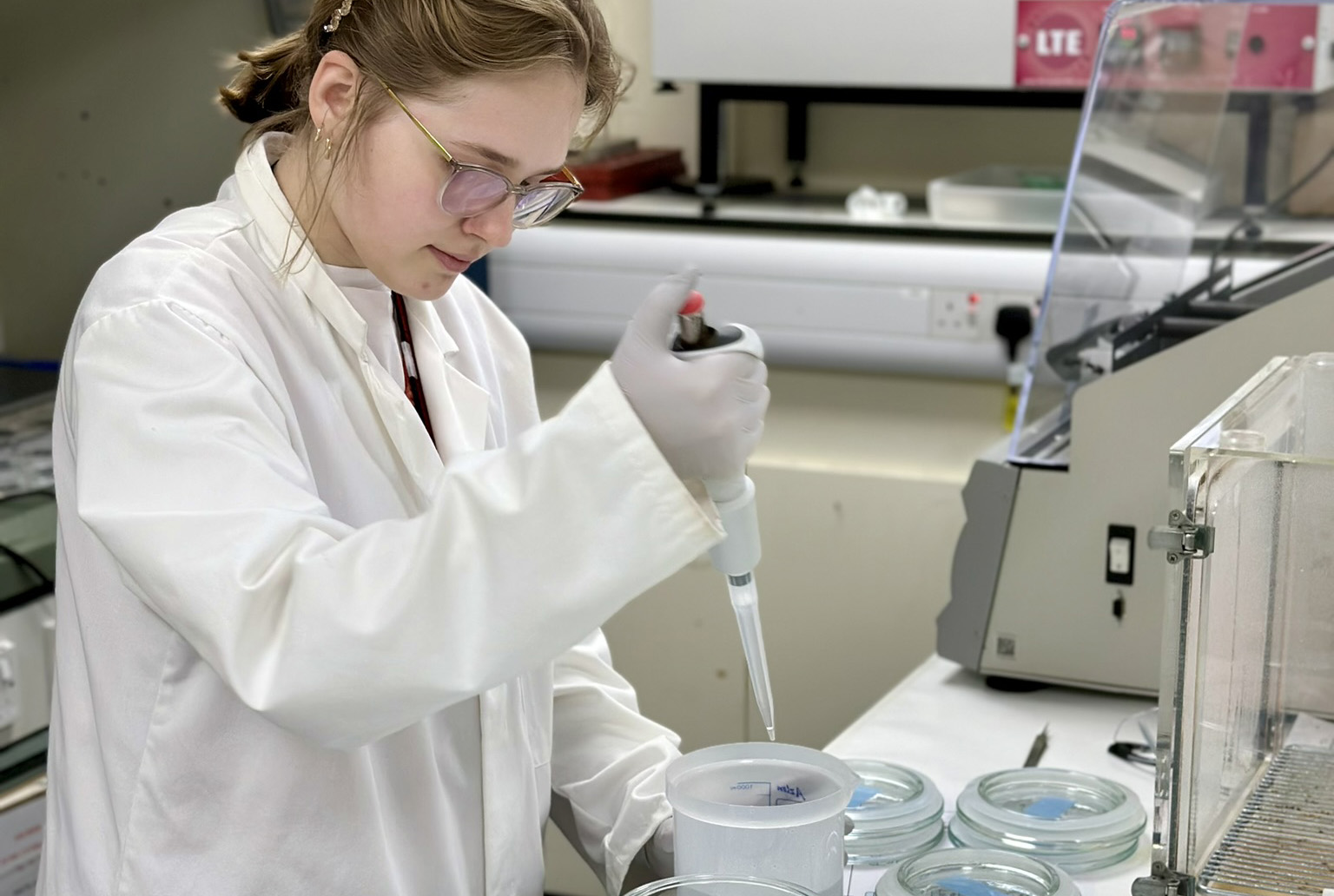
Exploring the role of stable isotope geochemistry in nuclear forensics
09/10/2024
Paulina Baranowska introduces her PhD research investigating the use of oxygen isotopes as a nuclear forensic signature.
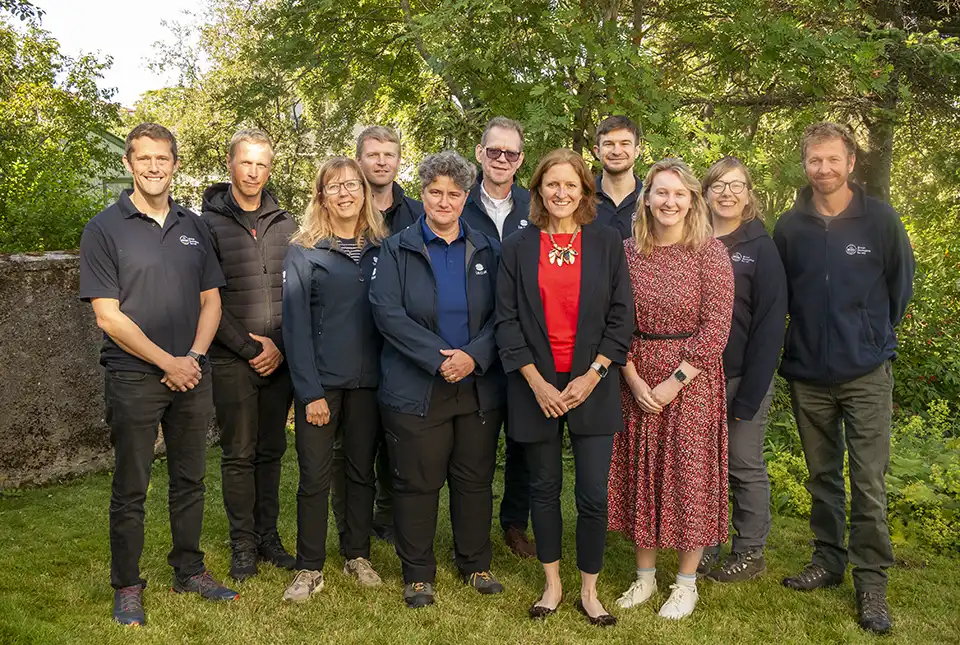
BGS collaborates with Icelandic colleagues to assess windfarm suitability
03/10/2024
Iceland’s offshore geology, geomorphology and climate present all the elements required for renewable energy resources.

Mining sand sustainably in The Gambia
17/09/2024
BGS geologists Tom Bide and Clive Mitchell travelled to The Gambia as part of our ongoing work aiming to reduce the impact of sand mining.



